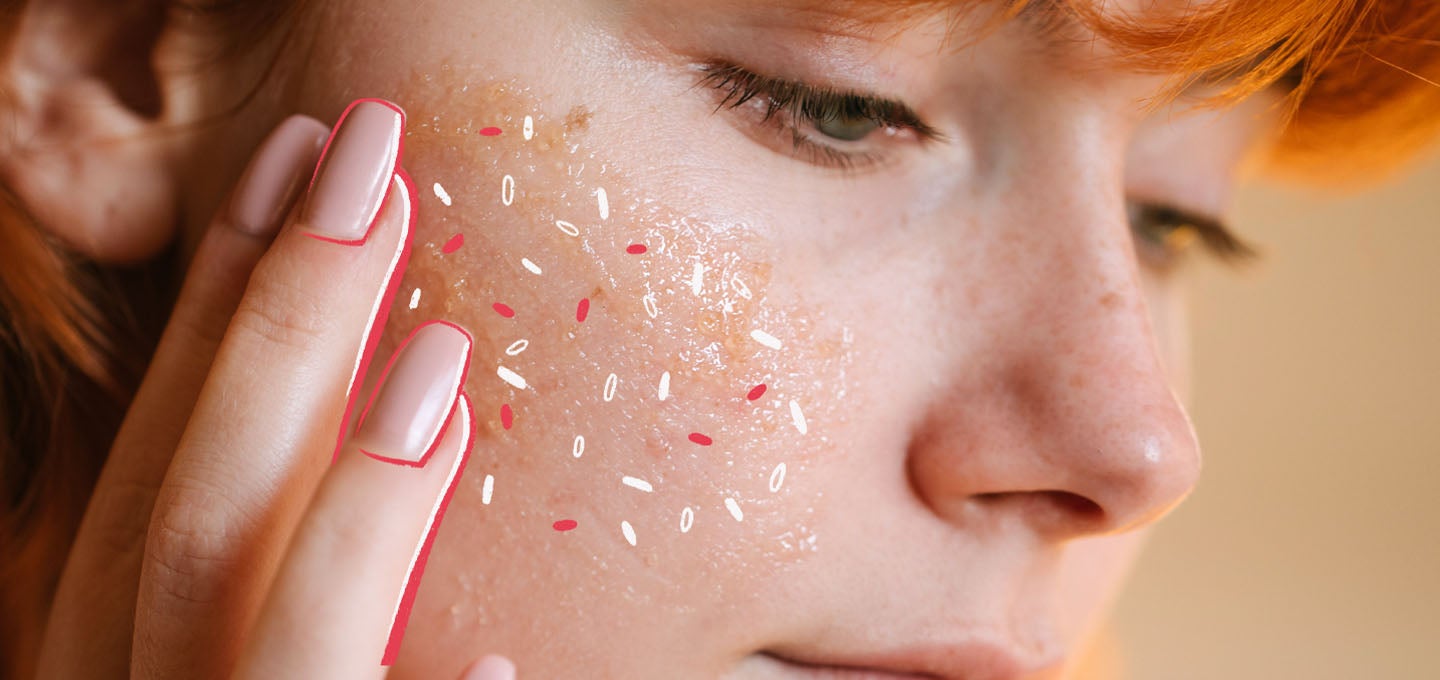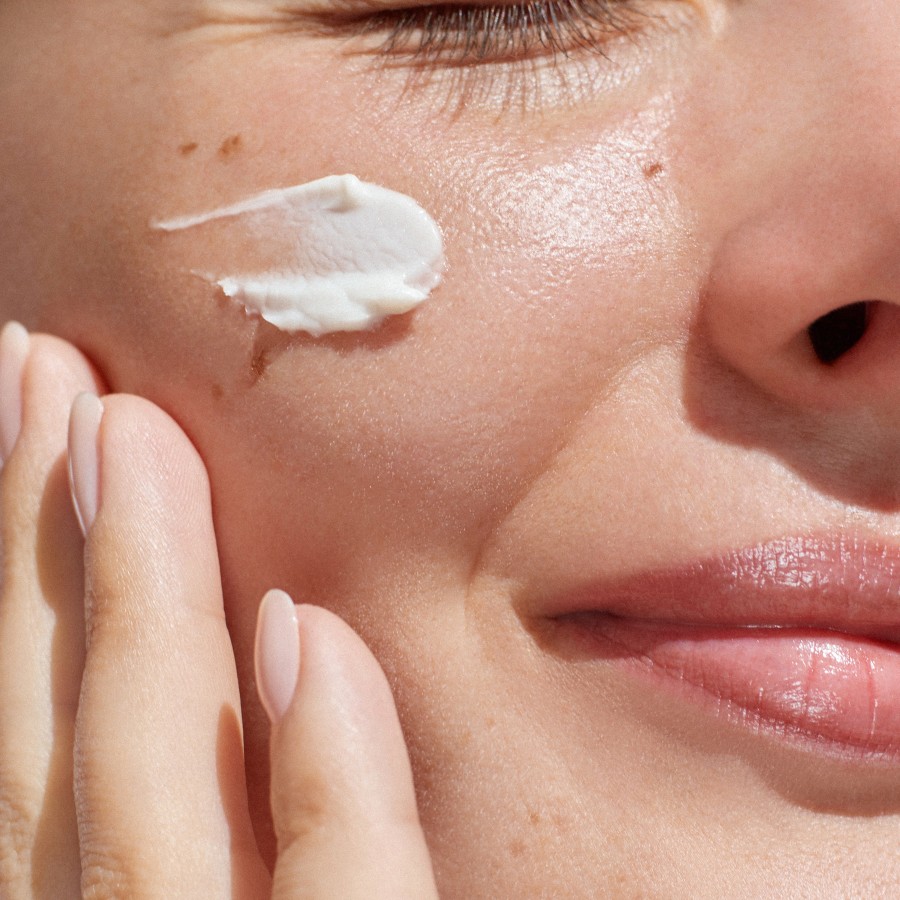The Pesky Pills: Understanding and Preventing skincare Product Pilling
Skincare enthusiasts often meticulously curate their routines, layering products with the hopes of achieving radiant, healthy skin. However, a frustrating phenomenon can sometimes occur: pilling. Those tiny, annoying clumps of product that appear on the skin’s surface can be both unsightly and a sign that your carefully chosen products aren’t working as effectively as they should. This comprehensive guide delves into the world of skincare pilling, exploring its causes, offering solutions, and providing preventative measures to help you achieve a smooth, flawless complexion.
What is Skincare Pilling?
Pilling refers to the formation of small, rolled-up balls of product on the skin after application. These little clumps are often mistaken for dead skin cells or dirt, but they are actually the result of skincare product ingredients clumping together. This can happen with any type of product, from serums and moisturizers to sunscreens and even makeup. While pilling isn’t inherently harmful, it can be a nuisance, interfere with makeup application, and potentially reduce the efficacy of your skincare routine, as the products aren’t properly absorbing into the skin.

The Science Behind Pilling: Why Does it Happen?
Several factors contribute to skincare pilling. Understanding these underlying causes is key to preventing it.
# Product Formulation: The Key Culprit
The most common reason for pilling lies in the formulation of the products themselves. Different products contain various ingredients, including polymers, emulsifiers, and thickeners. These ingredients are designed to create a specific texture and consistency. When incompatible ingredients are combined, they can react and cause the product to ball up. Think of it like oil and water – they don’t naturally mix well. Similarly, certain skincare ingredients may not play nicely together.

# Layering Products Incorrectly: A Recipe for Disaster
The order in which you apply your products significantly impacts pilling. Applying a water-based product over an oil-based one is a common cause. Oil-based products create a barrier, preventing water-based products from absorbing properly, leading to them sitting on the surface and pilling. Similarly, rubbing products too vigorously can also contribute to pilling.
# Dry Skin: A Pilling Magnet
Dry, dehydrated skin can exacerbate pilling. When the skin lacks moisture, it can’t readily absorb products, leaving them to sit on the surface and pill. This is why proper hydration is crucial in any skincare routine.
# Over-Exfoliation: Disrupting the Skin Barrier
Over-exfoliating can disrupt the skin’s natural barrier, making it more prone to pilling. A compromised skin barrier can’t effectively absorb products, leading to them pilling. Gentle exfoliation is important, but overdoing it can be counterproductive.
# Applying Too Much Product: More Isn’t Always Better
Applying excessive amounts of product is another common cause of pilling. The skin can only absorb so much at a time. When overloaded with product, the excess sits on the surface, increasing the likelihood of pilling.
Identifying Pilling: What Does it Look Like?
Pilling is easy to spot. It appears as small, white or translucent clumps of product on the skin’s surface. These clumps can feel slightly sticky or tacky. They often appear when you rub your skin after applying products, or when you apply makeup over your skincare.
Troubleshooting Pilling: Solutions and Strategies
If you’re experiencing pilling, don’t despair! There are several strategies you can employ to address the issue.
# Re-evaluate Your Product Order: The Right Sequence Matters
Ensure you’re applying your products in the correct order. A general rule of thumb is to apply products from thinnest to thickest consistency. Start with cleansers, followed by toners, serums, essences, moisturizers, and finally, oils or occlusives. Allow each product to absorb fully before applying the next.
# Patch Testing: A Must-Do
Before introducing new products into your routine, always perform a patch test. Apply a small amount of the product to a discreet area, such as the inside of your wrist or behind your ear, for a few days to see if any irritation or pilling occurs.
# Less is More: Apply Products Sparingly
Use only a pea-sized amount of most products. Applying too much product is a common cause of pilling. Remember, the skin can only absorb so much at a time.
# Pat, Don’t Rub: Gentle Application is Key
Instead of rubbing products vigorously into your skin, gently pat or tap them in. Rubbing can disrupt the product’s formulation and contribute to pilling.
# Exfoliate Regularly, But Gently: Maintaining a Healthy Skin Barrier
Regular exfoliation is essential for removing dead skin cells and promoting cell turnover. However, avoid over-exfoliating, as this can damage the skin barrier and increase the likelihood of pilling. Choose gentle exfoliants and limit exfoliation to a few times a week, depending on your skin type.
# Hydrate, Hydrate, Hydrate: The Foundation of Healthy Skin
Well-hydrated skin is less prone to pilling. Use a good moisturizer to keep your skin hydrated and ensure products absorb properly.
# Check Ingredient Lists: Look for Potential Conflicts
Certain ingredients are more likely to cause pilling when combined. For example, some silicones can react with certain polymers. Research the ingredients in your products and avoid combining those known to cause pilling.
# Consider Product Formulation: Water-Based vs. Oil-Based
Be mindful of the formulation of your products. Avoid layering water-based products over oil-based ones. Oil-based products create a barrier that prevents water-based products from absorbing properly.
Preventing Pilling: Proactive Measures
Prevention is always better than cure. By taking these proactive measures, you can minimize the risk of pilling.
# Choose Products Wisely: Opt for Compatible Formulations
When choosing skincare products, look for compatible formulations. Consider products from the same brand or line, as they are often formulated to work together.
# Introduce New Products Gradually: Avoid Overwhelming Your Skin
Introduce new products one at a time, allowing your skin to adjust. This will help you identify any products that might be causing pilling.
# Maintain a Consistent Skincare Routine: Consistency is Key
A consistent skincare routine is essential for maintaining healthy skin and preventing pilling. Stick to your routine and avoid making frequent changes.
# Consult a Dermatologist: Professional Advice
If you’re struggling with persistent pilling, consult a dermatologist. They can assess your skin type, identify any potential triggers, and recommend appropriate products and treatments.
Pilling and Makeup: A Common Concern
Pilling can be particularly problematic when applying makeup over skincare products. The foundation or other makeup products can exacerbate pilling, creating an uneven and patchy finish.
# Primer: A Helpful Tool
Using a primer can create a smooth base for makeup application and help to prevent pilling.
# Choosing the Right Makeup: Look for Compatible Formulations
Choose makeup products that are compatible with your skincare. Avoid using heavy or overly thick foundations, as these can be more prone to pilling.
# Applying Makeup Gently: Avoid Rubbing
Apply makeup gently, avoiding rubbing or tugging on the skin. Use a dabbing or patting motion instead.
Conclusion: Achieving a Smooth, Flawless Complexion
Skincare pilling can be a frustrating experience, but understanding its causes and implementing the strategies outlined in this guide can help you achieve a smooth, flawless complexion. By paying attention to product formulation, application techniques, and your skin’s overall health, you can minimize the risk of pilling and maximize the benefits of your skincare routine. Remember, consistency and patience are key to achieving healthy, radiant skin.



